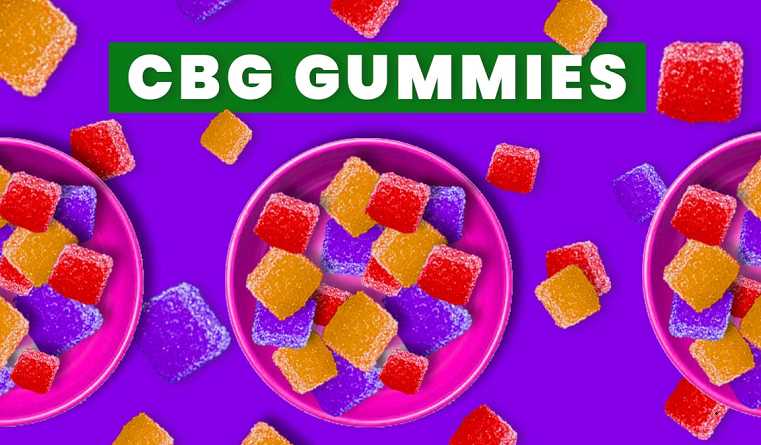The majority of people are aware of cannabidiol (CBD) and tetrahydrocannabinol (THC). Cannabigerol (CBG) has only recently been considered a potentially beneficial substance, which is quite interesting.
In reality, CBG came first. CBG is the chemical base for the two, CBD along with THC.
Scientific Research on marijuana by researchers Yehiel Gaoni and Mechoulam in Isreal led to its discovery around 1964. The potential of CBG as a treatment for various ailments is tremendous, as it does not have any psychoactive effects.
When the cannabis plant is growing, it produces cannabigerolic acids (CBGA), known as the first of the cannabinoid compounds in the plant.
As the precursor to three major cannabinoids, cannabigerolic acid has the remarkable ability to transform into either tetrahydrocannabinolic acid (THCA), cannabidiolic acid (CBDA), or cannabichromenic acid (CBCA).
The compounds are transformed from acids to THC, CBD, and CBC through the activation process by heat and light. The process can take between 6 and 8 weeks during the flowering phase.
Because of its transformative power, CBG is often called the “stem cell” of cannabinoids. It is also the driving force behind innovative research and new applications.
How Does CBG Work in the Body?
CBG functions by interfacing with the endocannabinoid systems (ECS). The ECS helps regulate homeostasis (an automated process that aids in ensuring our biological systems stay in good shape and function).
Three components are essential to the ECS:
- Cannabinoid receptors CBG is in contact via both CB1 as well as CB2 receptors
- Endocannabinoids CBG can increase anandamide, a key endocannabinoid
- Metabolic Enzymes CBG tends to block the metabolic activity that causes THC’s psychoactive properties.
CBG Interacts with our Cannabinoid Receptors
A cannabinoid receptor falls into two main types, CB1 and CB2. CB1 receptors reside within the nerve system and the brain, whereas CB2 receptors are present inside the immune system and other body parts.
Although it has interactions via both receptors, CBG most often bonds to CB2.
They are both involved in the process. CB1 and CB2 receptors regulate neurohormones, influencing physiological functions such as mood, pain response, and appetite. When cannabinoids, such as CBG, contact the receptors, it triggers an action and causes physiological changes. Interaction of CBG with various receptors within the body has shown promise in treating a range of diseases.
CBG Has Proven to Have Naturally Strong Healing Properties
Studies have already shown that CBG offers healing properties. For instance,
CBG is Anti-Inflammatory
Research suggests that CBG has powerful anti-inflammatory properties, which makes it a fascinating possibility for developing topically-applied treatments for arthritis and joint and muscle pain and solutions to reduce inflammation in the gut on a cell level.
CBG is Antibacterial and Antifungal
As with all cannabinoids’ main components, CBG has antifungal, antibacterial, and antimicrobial qualities.
CBG is Antioxidative
CBG has proven to help prevent or delay certain kinds of cells damage. As an antioxidant, it helps reduce the effects of free radicals, which damage the body, while also enhancing its natural antioxidant, superoxide dismutase.
CBG is Neuroprotective
A study from 2015 looking at CBG discovered that it was “extremely active as a neuroprotectant, that is, a substance that helps protect and strengthen the nervous system. The study pointed to CBG as a possible treatment for Huntington’s disease, Parkinson’s disease, and Alzheimer’s.
CBG is an Appetite Stimulant
CBG has been proven to provide a potent stimulant of appetite and relates to many molecular targets identified to play a role in controlling hunger.
Where to Buy CBG Products Online?
AH Distribution is a cannabis B2B shop, offering high-grade CBG products to distributors and small retailers. At an affordable price range, grab premium quality CBG products like CBG gummies in bulk and wholesale.
